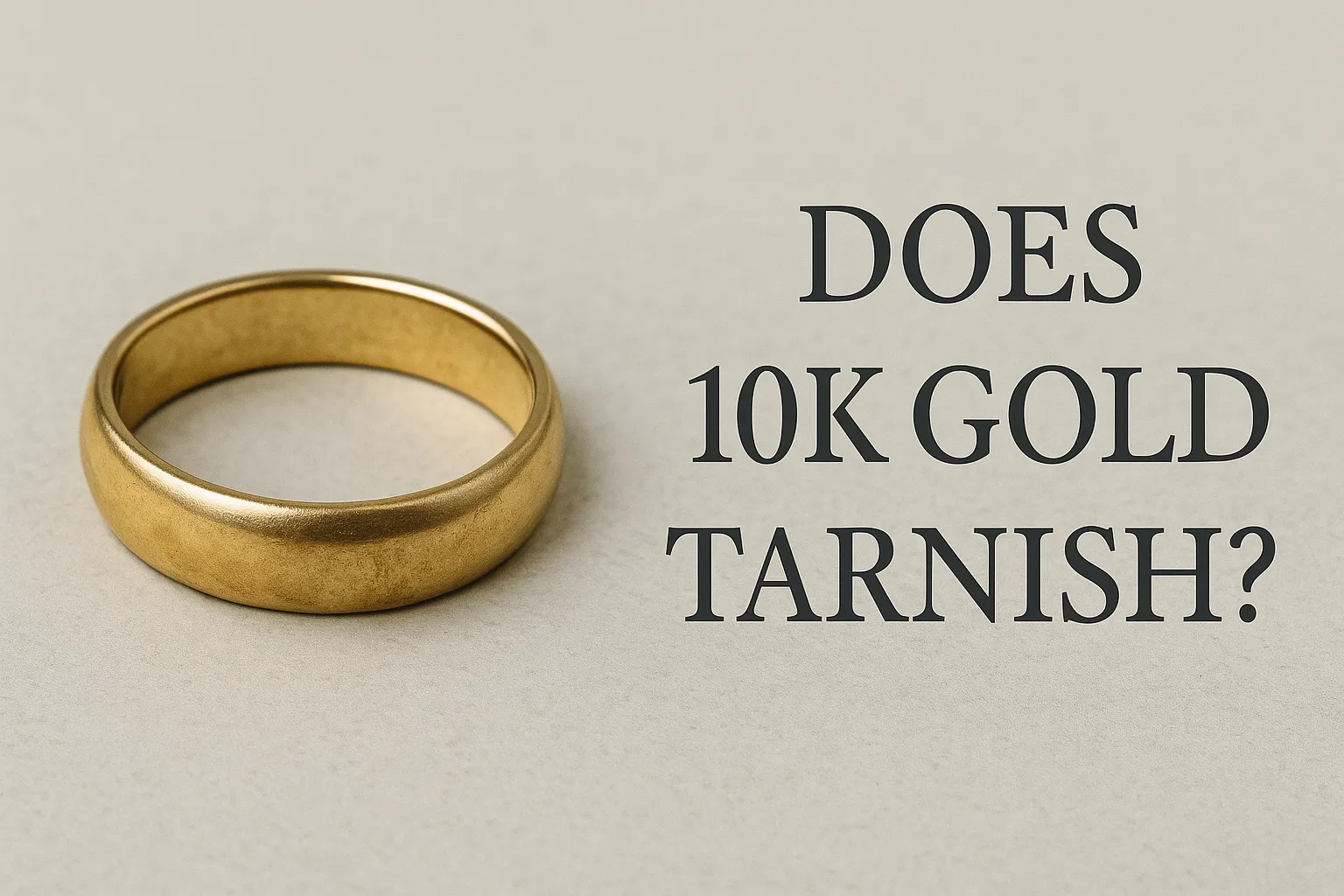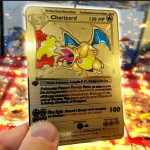Does 10K Gold Tarnish? Ultimate Care & Facts
Does 10K Gold Tarnish? The Real Story Behind the Shine
That’s the short version: 10K gold is only 41.7% gold, the remainder being metals like copper, silver, and nickel, which will corrode and tarnish over time. The gold itself won’t oxidize, but these metals occasionally deposit a light patina—incorrectly blamed on tarnish—that will be removed by buffing or soap-and-water soaking. Jewelry enthusiasts most cherish that light patina as a sign of much-loved age. With minimal upkeep—a polishing cloth or two and storage with care—your 10K pieces can sparkle for years to come.
Table of Contents
- Understanding Tarnish: What Happens to Metals?
- Why 10K Gold Can Change Color
- Spotting Real Tarnish vs Patina
- How to Bring Back the Luster: Cleaning Hacks
- Characterful Patina: When Tarnish Becomes Trend
- Smart Storage and Daily Habits to Prevent Tarnish
- Key Takeaways
- Frequently Asked Questions
Understanding Tarnish: What Happens to Metals?
Tarnish is simply the surface chemistry of metals when exposed to oxygen, sulfur compounds, or water in the air. Silver alloys, for instance, darken to a black coating because their copper content oxidizes so rapidly. Gold, however, is one of the least reactive metals on Earth—24K gold never oxidizes under any normal conditions. But as soon as you mix in other elements to make it hard, the assistants can introduce new chemistry to the surface.
Nickel or copper-type metals that constitute sizable percentages of 10K gold also tend to oxidize and may cause a slight discoloration when exposed to chlorine, perspiration, or even some skin lotions. It is not an enduring defect, but rather typically a thin coating that lies on the surface of the gold and may be polished off, without damaging the original rub-point luster.
Why 10K Gold Can Change Color
41.7% gold, 10K is the minimum legal karat that is sold as “gold” in most countries. The remaining 58.3% is most commonly copper, silver, zinc, or nickel—metals used to add durability and toughness. Copper is particularly notorious for oxidizing when combined with oxygen and moisture to form copper oxide, a matted brownish-green tarnish.
Web3 enthusiasts can call this an “on-chain event” in the real world, but it is readily reversible. A soft cloth or a gentle soapy bath removes oxide layers without scratching since gold is actually very gentle on a polishing cloth. So, your 10K wedding ring can appear new for many years, if you know the tricks.
Spotting Real Tarnish vs Patina
Not everything color change is a bad thing. Patina, a thin, usually dignified layer, naturally occurs and can make jewelry look warm and old. Most collectors, in fact, like the soft glow that age and wear produce. Patina is even and uniform, whereas real tarnish or corrosion may have scabby patches, flaking, or roughness.
Watcher Guru’s recent dive verifies that 10K gold “won’t react to tarnishing” like silver but will “change color with age” due to alloy reactions. In most instances, what looks like tarnish is actually a thin, removable coating—cosmetic, not structural.
How to Bring Back the Luster: Cleaning Hacks
If your 10K piece is a bit dull, start with the mildest method: warm water soak with one drop of dish soap and a soft-bristled toothbrush to brush away surface film. Rinse well, dry with a microfiber towel, and finish with a jewelry polishing cloth for immediate sparkle.
For a deeper clean, professionals suggest a monthly routine: soak 10–15 minutes in soapy water, brush lightly with crevices, and air dry on a soft cloth. No strong chemicals—no bleach, no ammonia, no toothpaste—to damage your gold’s surface or devalue gemstones you may be wearing with it.
Characterful Patina: When Tarnish Becomes Trend
Some designers deliberately allow 10K pieces to patina, creating a one-of-a-kind, handmade appearance for their finished work. That soft, lived-in look adds history and character—like natural wood grain on a hand-painted table. In high jewelry, controlled patina can accentuate engraving, texture, or metal contrast, transforming what might otherwise be perceived as tarnish into fashion.
If you like the comfortable, well-worn appearance, skip that final step of polish entirely. Let elements of humidity and skin oils take their course for a finish that’s gradually built up and one-of-a-kind.
Smart Storage and Daily Habits to Prevent Tarnish
To avoid oxidation, store your 10K pieces in anti-tarnish pouches or boxes with anti-tarnish strips, especially if you live in humid climates. Remove rings and necklaces when swimming, working out, or applying lotions and perfumes—these expose your pieces to water and chemicals that accelerate alloy reactions.
A gentle cloth rub after each use removes oils and perspiration before they become tacky. If you maintain that little habit, you’ll spend more time wearing your gold and less time maintaining it.
Key Takeaways
10K gold strikes a perfect balance of durability and affordability. Alloys of the metals will patina or surface-oxidize, but the resulting film is always reversible. Mirror or subtle patina finish: however your style works, easy care and considerate storage will have your pieces exactly as you wish. That’s the real luster of 10K gold—it’s affordable, scratch-resistant, and forever beautiful.
Frequently Asked Questions
Is 10K gold tarnished?
Because 10K gold does contain copper and silver in it, eventually it will develop a surface film. This “tarnish” is merely an oxide layer, which you can polish off.
How do I get rid of tarnish on 10K gold?
Soak in warm soapy water for 10–15 minutes, brush with a soft toothbrush, rinse, dry, and polish with a polishing cloth.
Can patina be beautiful?
Yes. Others like the gentle patina of 10K gold when you want that antique, vintage appearance. Avoid polishing and allow it to develop naturally.
What’s the best way to prevent tarnish on 10K gold?
Store in airtight pouches with anti-tarnish strips, remove jewelry before swimming or applying lotions, and wipe clean after each wear.




